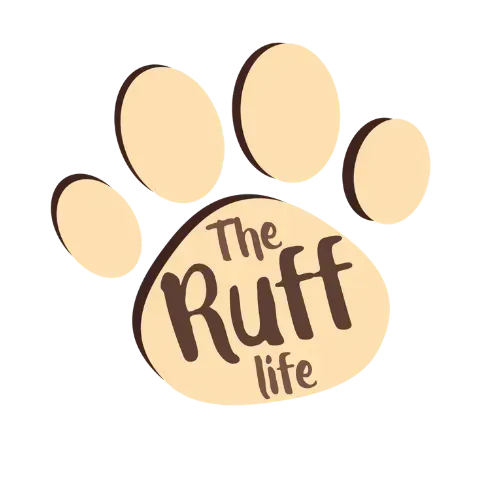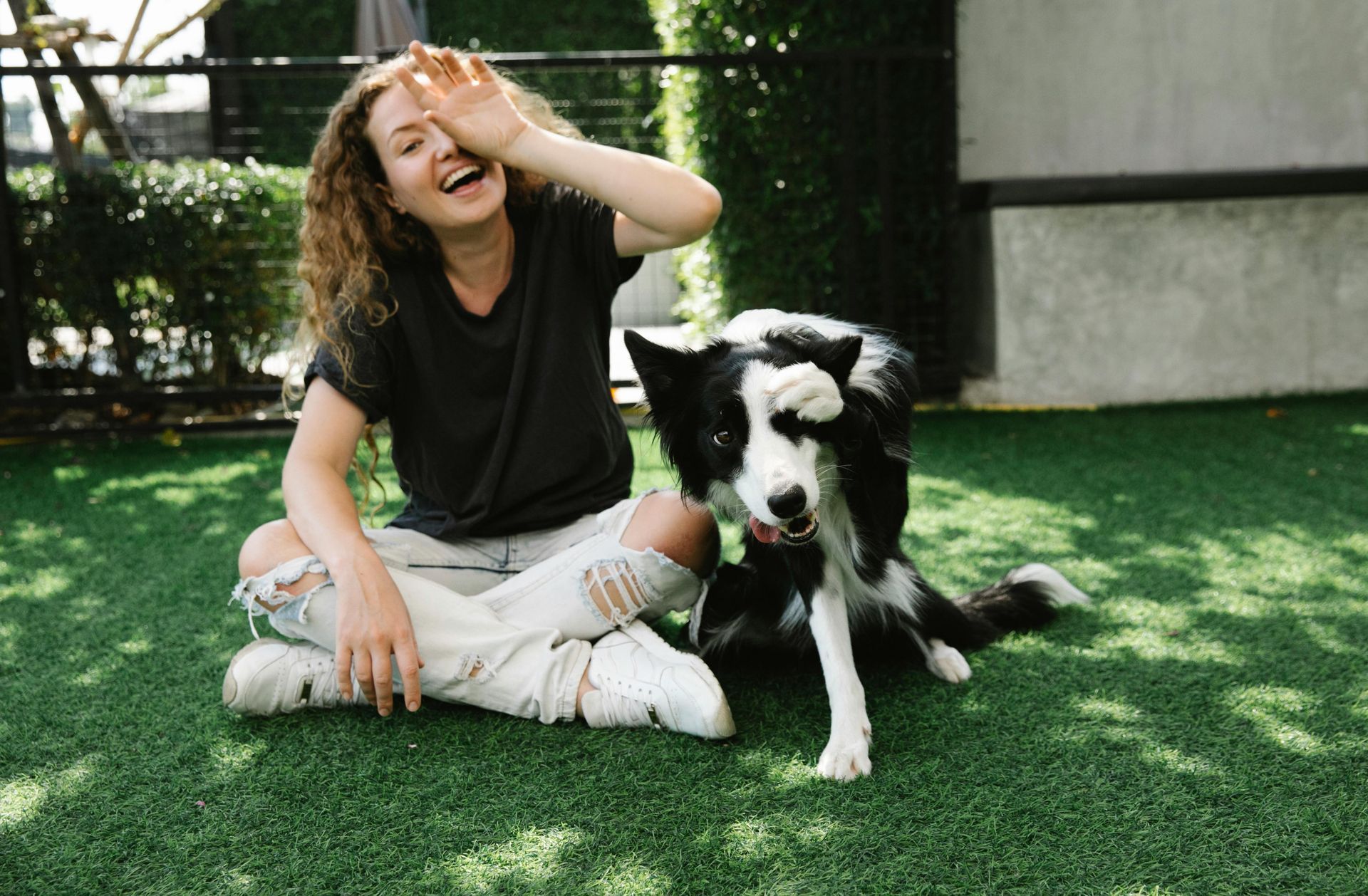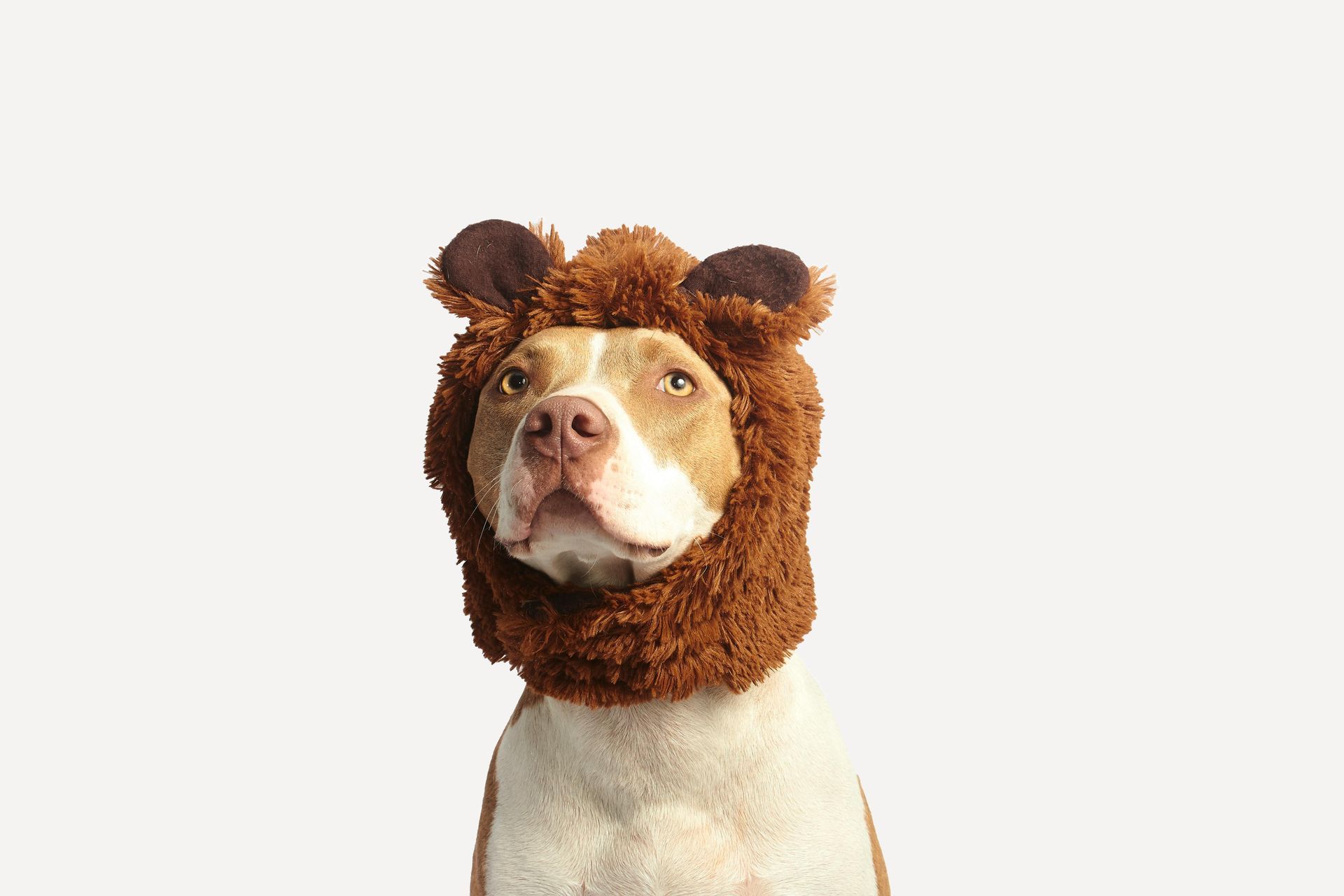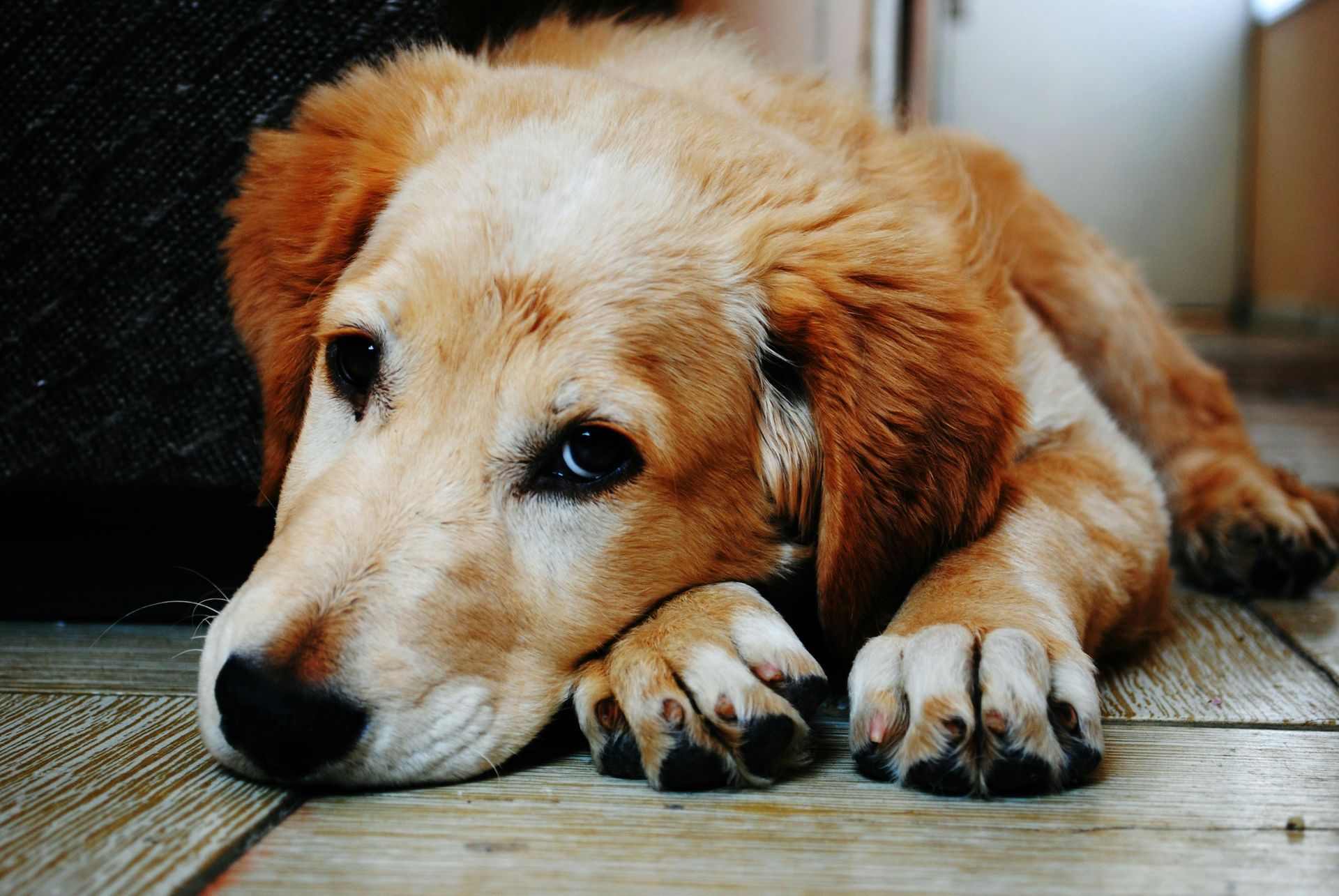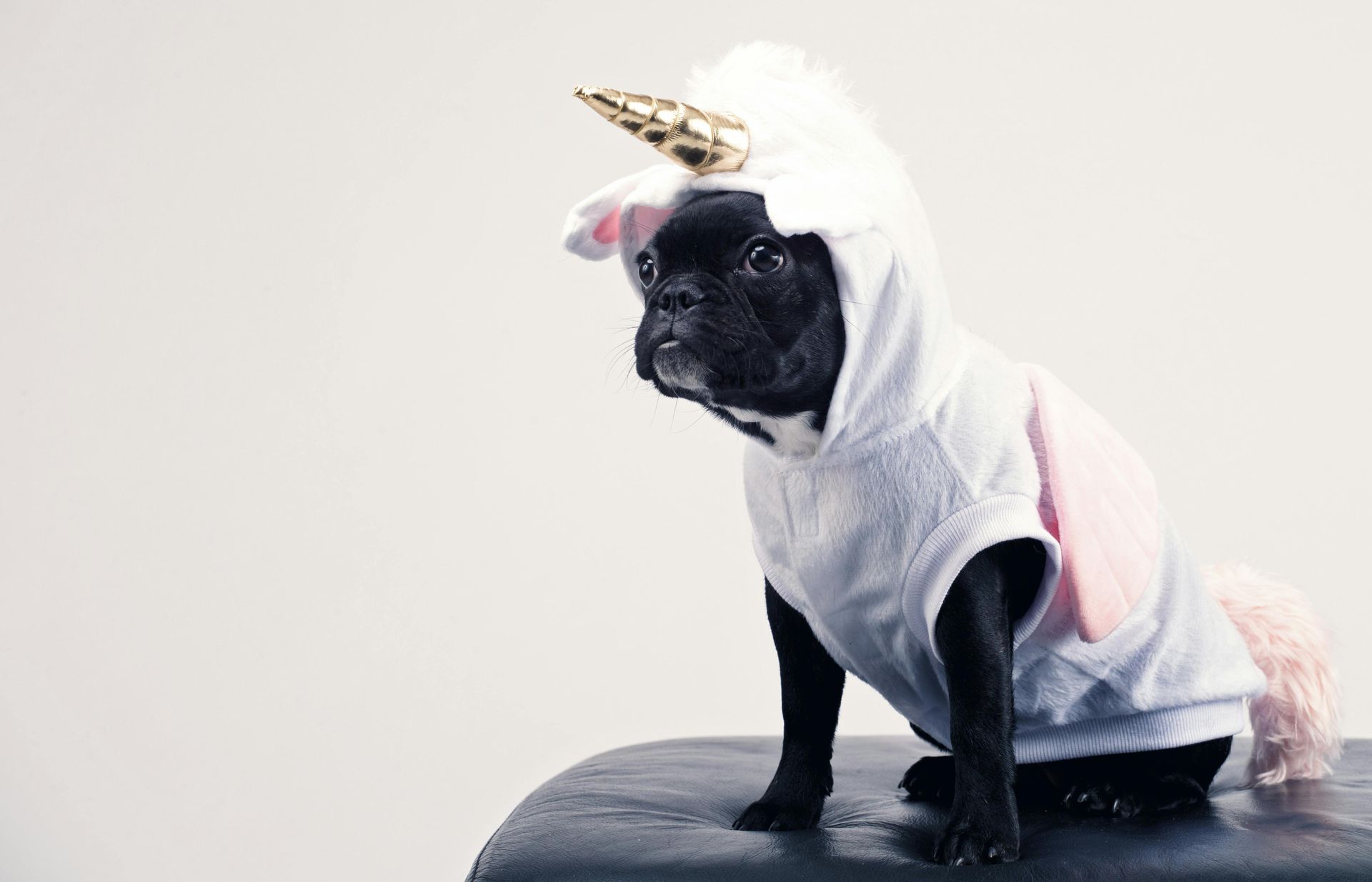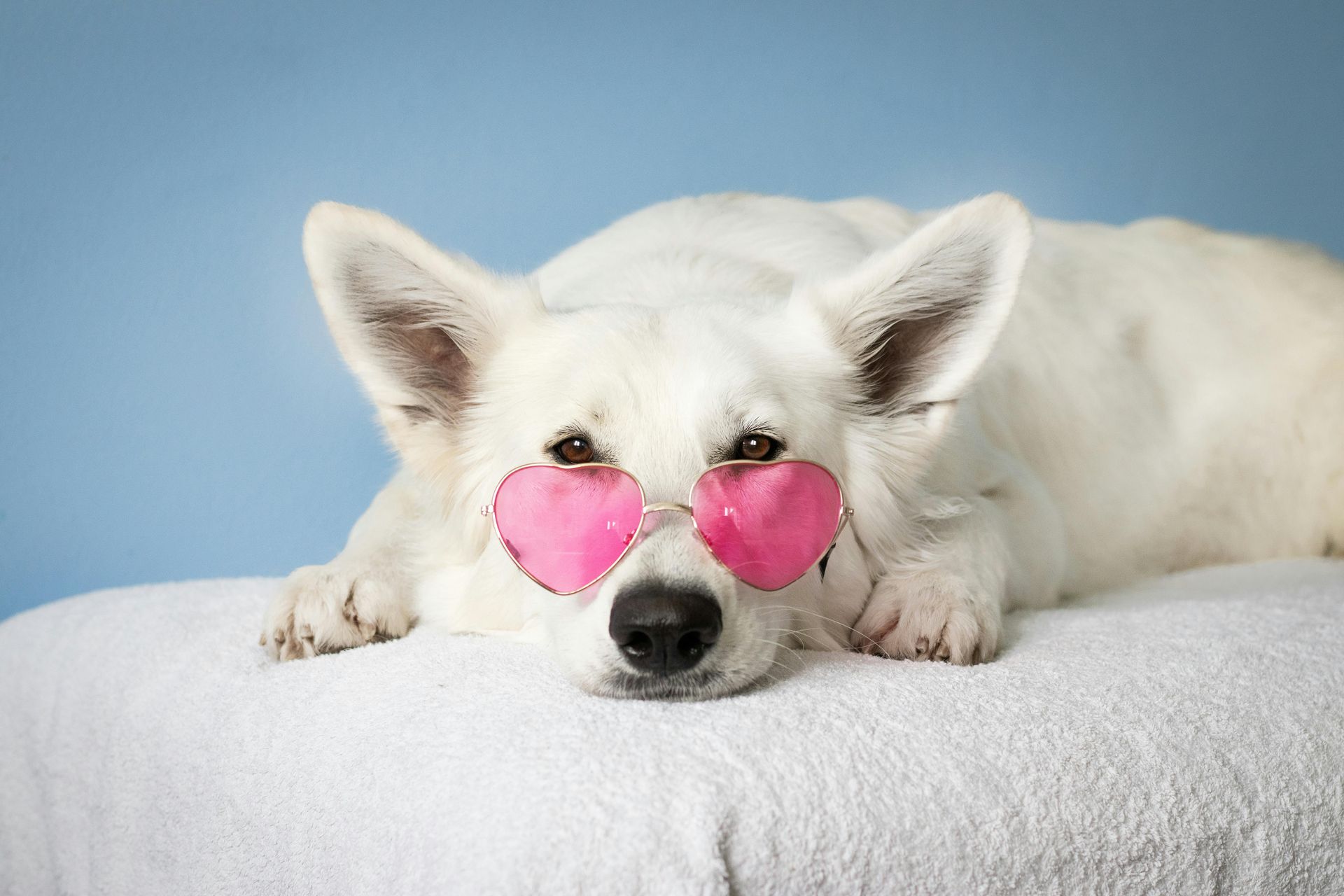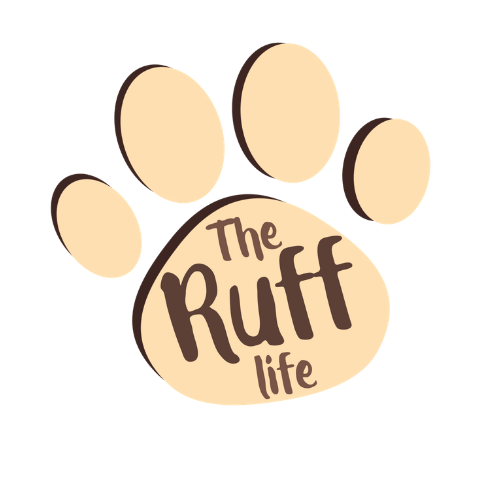How the Weather Impacts Your Dog’s Grooming Needs
How the Weather Impacts Your Dog’s Grooming Needs
Did you know the weather can have a significant effect on how often and how thoroughly you should groom your dog? Different seasons and weather conditions impact your dog’s coat, skin, and overall grooming requirements in surprising ways. Adjusting your grooming routine to match the weather can help keep your dog comfortable, healthy, and looking their best year-round. Let’s dive into how the weather changes your dog’s grooming needs and what you can do to adapt.
1. Hot Weather: Preventing Overheating and Matting
In hot weather, your dog’s coat can become a burden if not properly maintained. Dogs with thick or long coats are especially vulnerable to overheating, and matting becomes more common as they shed their winter fur. Matting not only traps heat but also makes it harder for your dog to cool off, which can lead to heatstroke or skin irritation.
During warmer months, regular brushing is key to keeping your dog cool. It helps remove loose fur and prevent tangles, allowing air to circulate through their coat. If your dog has a particularly thick coat, a professional trim may be necessary to keep them comfortable in the heat. Be cautious, though—shaving your dog too short can expose their skin to sunburn.
In addition to brushing, frequent baths with cool water can help keep your dog’s coat clean and their skin cool. Using a dog-friendly, hydrating shampoo also prevents their skin from drying out under the hot sun.
2. Cold Weather: Maintaining Insulation and Hydration
In the winter, your dog’s grooming needs shift to keeping their coat healthy and insulating. Dogs grow thicker coats to protect against the cold, and frequent brushing is essential to remove dead fur and prevent matting, which can compromise their ability to stay warm. Mats in the fur trap moisture and cold air, making your dog feel colder than they should.
Dry, cold air can also cause your dog’s skin to become flaky and irritated, leading to itching and discomfort. Regular grooming sessions, including brushing and moisturizing baths, will keep their coat and skin in peak condition. Using a conditioner or moisturizing shampoo during the winter months helps lock in hydration and combat the drying effects of the cold weather.
While it may be tempting to bathe your dog less in the colder months, it’s important to maintain a regular bathing schedule to keep their coat clean and free of dirt, which can contribute to matting.
3. Rainy Weather: Mud, Mats, and Skin Health
Rainy weather can turn walks into mud baths, leaving your dog’s coat filthy and prone to matting. Mud can dry into your dog’s fur, making it difficult to brush out and causing discomfort if left unattended. After walks in the rain, be sure to wipe down your dog’s paws, belly, and legs to remove dirt and prevent mats from forming.
Humidity in the air can also lead to skin irritation, especially in dogs with sensitive skin. Damp environments promote the growth of bacteria and fungi, so it’s crucial to keep your dog’s coat clean and dry after rainy outings. Consider using a dog-specific raincoat for outdoor adventures to minimize mud buildup and keep your dog’s coat drier.
4. Dry Climates: Combatting Skin Flakiness and Dull Coats
If you live in a dry climate, your dog’s coat and skin can suffer from a lack of moisture, leading to flakiness, dandruff, and a dull appearance. Regular grooming, including moisturizing baths and brushing, helps stimulate the skin’s natural oils and keeps the coat shiny and healthy.
For dogs in arid environments, you may also want to invest in a humidifier for your home to keep the air from drying out their skin too much. Hydrating sprays or leave-in conditioners specifically formulated for dogs can also help maintain moisture between baths.
5. Seasonal Shedding: Managing Your Dog’s Coat Year-Round
Many dogs go through heavy shedding periods during seasonal changes, particularly in spring and fall. During these transitions, your dog will shed their winter coat in the spring and grow a thicker coat in the fall. This process can leave behind a lot of loose fur, leading to more matting and tangling if not properly managed.
To prevent your home from being overrun with dog hair and to keep your dog comfortable, regular brushing is essential during these periods of increased shedding. You may need to brush your dog more frequently than usual to keep up with the excess fur and prevent it from becoming matted or tangled.
6. Allergies and Weather Changes: A Little Extra Care
For dogs with seasonal allergies, certain weather conditions can exacerbate skin irritation and itching. Pollens, grasses, and other allergens in the environment can settle into your dog’s coat and irritate their skin. In these cases, more frequent baths with hypoallergenic shampoos can help wash away allergens and soothe itchy skin.
Be mindful of the products you use during allergy season—some grooming products contain fragrances or chemicals that can worsen allergic reactions, so opt for gentle, all-natural solutions.
Conclusion: Adjusting Grooming to the Weather
Your dog’s grooming needs are constantly changing with the weather, from hot summers to cold winters and everything in between. By tailoring your grooming routine to suit the season, you’re not only keeping your dog looking great but also ensuring they feel comfortable and healthy year-round.
Hot weather calls for more frequent brushing and cooling baths, while cold weather requires a focus on insulation and hydration. Rainy days mean wiping off mud and keeping skin dry, while dry climates call for extra moisturizing. And during seasonal shedding periods, increased grooming is essential for managing loose fur. With the right grooming practices, you can keep your dog happy, healthy, and well-groomed no matter the weather.
You’ve now learned how weather impacts your dog’s grooming needs, but why not leave the grooming to the experts? At The Ruff Life Mobile Grooming, we care deeply about your pet’s health, comfort, and happiness. Let us help you keep your dog looking and feeling their best no matter the season. Schedule a grooming session with us today by visiting The Ruff Life Mobile Grooming appointment page. Your furry friend deserves it!

Our Grooming Hours
- Mon - Sat
- -
- Sunday
- -
At your door step!
HQ In Massapequa, NY
Servicing Areas:
East of Calverton & East of Moriches
All Rights Reserved | The Ruff Life Mobile
🧲 Magnetic Home Service Marketing

